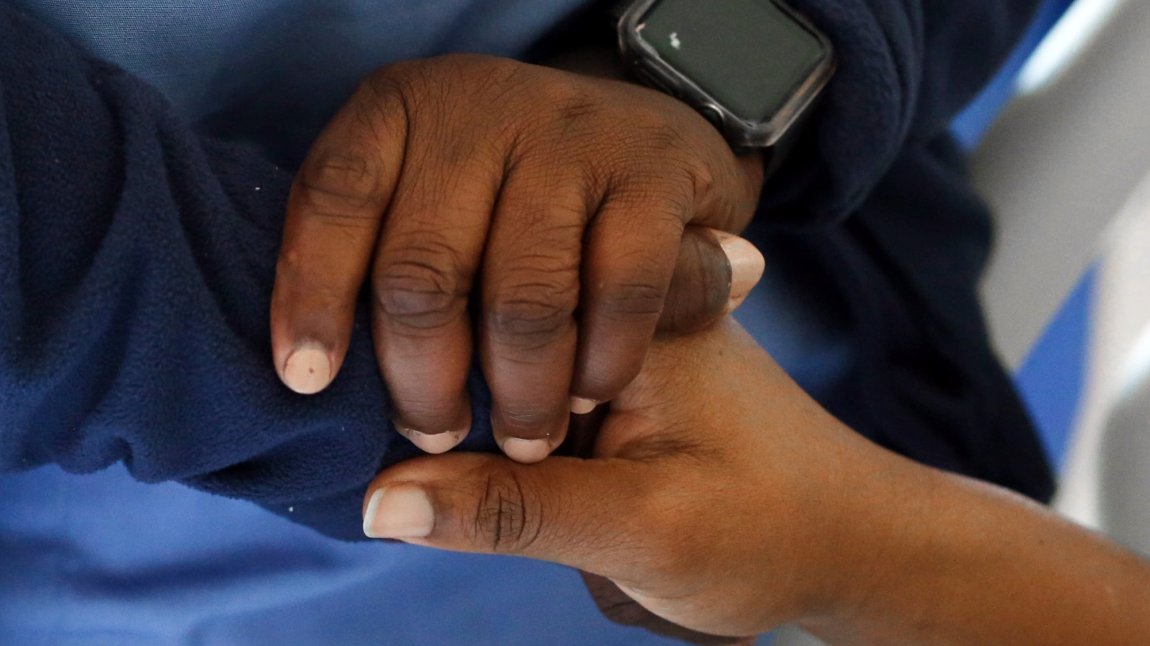When Myrna Allen was hired as Chief Nursing Officer at Martin Luther King, Jr. Community Hospital (MLKCH), she didn’t realize that she was about to embark on the career opportunity of a lifetime.
“We were sitting in the old Interns and Residents Building on the MLK Campus—we didn’t even have access to the hospital yet—and we agreed that we didn’t want to recreate what didn’t work before,” Allen, a veteran nurse, explains about an early meeting she had with Dr. Medell Briggs-Malonson, Senior Medical Director of Quality at MLKCH.
Allen and Dr. Briggs-Malonson set out to design a new way to care for hospital patients. “We’ve been able to build a whole new approach here,” Allen says.
“We came in with a clean slate, no infrastructure, no corporate superstructure. That doesn’t happen very often—almost never,” Dr. Briggs-Malonson adds. “We wanted to bring in nothing but data-driven best practices… the best we’d seen at other facilities.”
